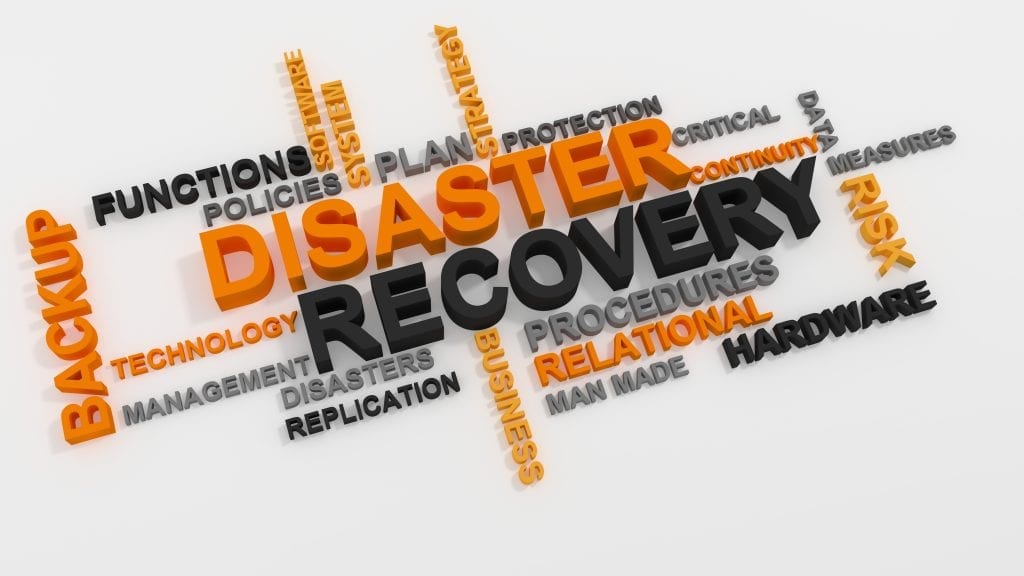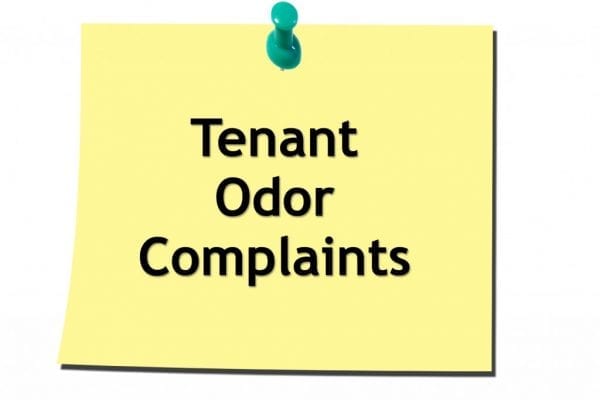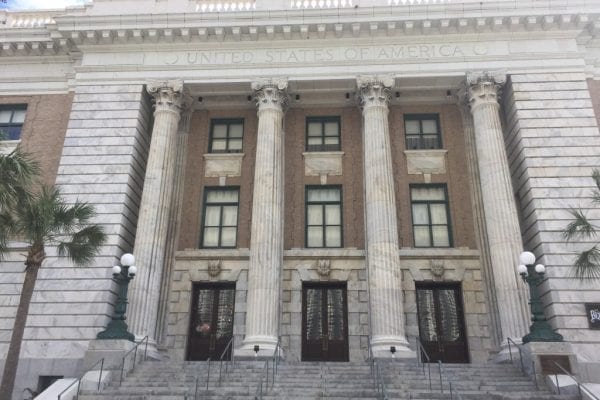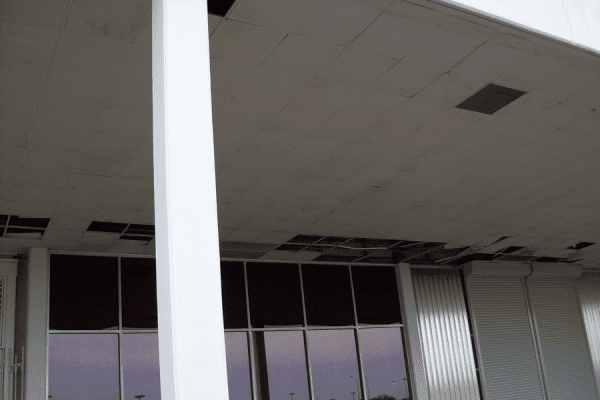While Hurricane Irma seems almost a distant memory to many, Florida has not forgotten. Many areas are still reeling from its effects. For instance, the 97-mile stretch between Key Largo and Key West sustained the heaviest damage and is still in recovery. According to the Miami Herald, tourism is a $2.7 billion industry in Monroe County, one of the most heavily affected areas, and is responsible for 60 percent of all spending as well as 54 percent of all jobs. The lack of functioning resorts and attractions, along with the natural impacts of the hurricane, have caused tourism to fall drastically, and many locals fear major short and mid-term economic struggles.
Meanwhile, in Key West, the damage was minimal and tourism for the season is well on track again.
Obviously, location and luck play a big role in who gets hit hardest by a hurricane. However, there is a great deal property owners and managers can do before a storm to ensure their properties stand the best chance of a quick recovery.
Our teams are on the ground in Florida now assisting in recovery efforts. Here are 3 lessons they want you to learn from Irma.
One: The Best Thing You Can Do Now Is Plan for the Next One
Assuming your property is not currently undergoing recovery efforts, the most important step you can take right now is to plan for the next hurricane. Just because you’ve been lucky so far, does not mean you always will be, as victims of Hurricane Harvey’s worst ravages can attest.
Maintaining your properties in good condition, and ensuring that you can “batten down the hatches” are important preparations to make. So is lining up your recovery team.
In the wake of a disaster, it is imperative to have recovery teams on site as fast as possible to decrease the extent of property damage and to get your properties back in business quickly. Unfortunately, right after a hurricane hits is the wrong time to be looking for a team to help you. Most reputable catastrophe response teams will prioritize current clients above new clients, and you will find yourself on the bottom of a very long list if you wait till the last minute.
On the other hand, if you line up your team ahead of time, they will be poised and ready to help you right away. A great team will keep in touch with you before a hurricane makes landfall, during, and immediately after, to get their teams on site for you as soon as it is safe to do so.
Two: Choose a Team with Multiple Locations
The importance of responsiveness cannot be overestimated in catastrophe response. You want a team that has offices ready to deploy near you… and you also want them to have offices that are ready to deploy in other locations. Why? Because if your area is badly impacted, their offices in your area will be too.
By choosing a team with multiple locations, both nearby and more remote, you gain the benefit of the built-in resilience of that arrangement. It means that if their local team is impacted, they can deploy teams from unimpacted areas to help you.
Three: Dry Out As Fast As You Can
It’s an unfortunate fact that many properties have yet to be remediated in the worst-hit areas. Property owners whose properties are still wet know all too well how devastating that fact can be. Water has a tendency to continue to cause worse and worse damage, the longer materials stay wet.
In about 72 hours, mold will start to grow. Once mold sets in, drying the materials out will no longer be enough, and the materials will have to be cleaned and/or removed. When left for longer, other forms of growth and deterioration can occur, causing further damage. In the worst case scenario, unaddressed moisture can cause structural damage.
The faster your teams can get in with fans, dehumidifiers, and other remediation efforts, the less damage your property will sustain.
As recovery from Irma winds onward, our teams continue to prepare for each new catastrophe, so that we can be the most help to our clients. If you’d like to have GLE on your side for the next incident, give us a call today.






